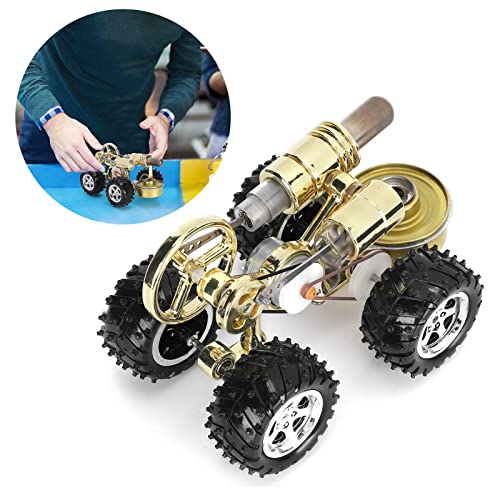I know this is an old topic discussed in hundreds of forums but I am posting it anyways.
I just got myself unmachined kits from PM research for #1 and #5 steam engines. I have a Sieg C4 lathe but I may need a mill to complete these engines.
So the question is which one is preferable Sieg SX2 or SX2.7 ?
SX2 is selling for about USD 1000 and SX2.7 for USD 2000 here in India. I need a machine that will work out of the box and not need any mods.
I also considered some Indian mills and now it has become truly confusing.
https://ravimachines.com/product/drilling-cum-milling-machine-19mm/ about USD 650 or
https://ravimachines.com/product/drilling-cum-milling-machine-25mm/ about USD 800 or
https://ravimachines.com/product/zay7020g-column-type-geared-drive-fine-feed/ about USD 1900
Any advise or opinion appreciated.
P.S. I have to move the machine to my spare room on first floor so weight of machine is definetly an issue.
Thanks
Regards
Nikhil
I just got myself unmachined kits from PM research for #1 and #5 steam engines. I have a Sieg C4 lathe but I may need a mill to complete these engines.
So the question is which one is preferable Sieg SX2 or SX2.7 ?
SX2 is selling for about USD 1000 and SX2.7 for USD 2000 here in India. I need a machine that will work out of the box and not need any mods.
I also considered some Indian mills and now it has become truly confusing.
https://ravimachines.com/product/drilling-cum-milling-machine-19mm/ about USD 650 or
https://ravimachines.com/product/drilling-cum-milling-machine-25mm/ about USD 800 or
https://ravimachines.com/product/zay7020g-column-type-geared-drive-fine-feed/ about USD 1900
Any advise or opinion appreciated.
P.S. I have to move the machine to my spare room on first floor so weight of machine is definetly an issue.
Thanks
Regards
Nikhil









![DreamPlan Home Design and Landscaping Software Free for Windows [PC Download]](https://m.media-amazon.com/images/I/51kvZH2dVLL._SL500_.jpg)






















![MeshMagic 3D Free 3D Modeling Software [Download]](https://m.media-amazon.com/images/I/B1U+p8ewjGS._SL500_.png)


![TurboCAD 2020 Designer [PC Download]](https://m.media-amazon.com/images/I/51UKfAHH1LL._SL500_.jpg)
































